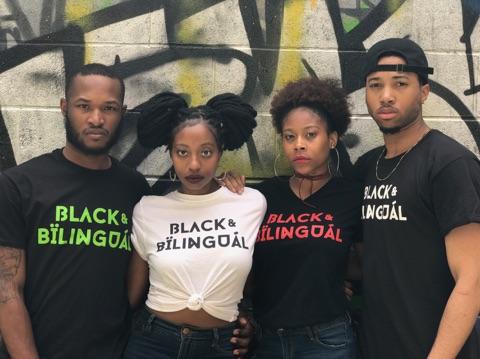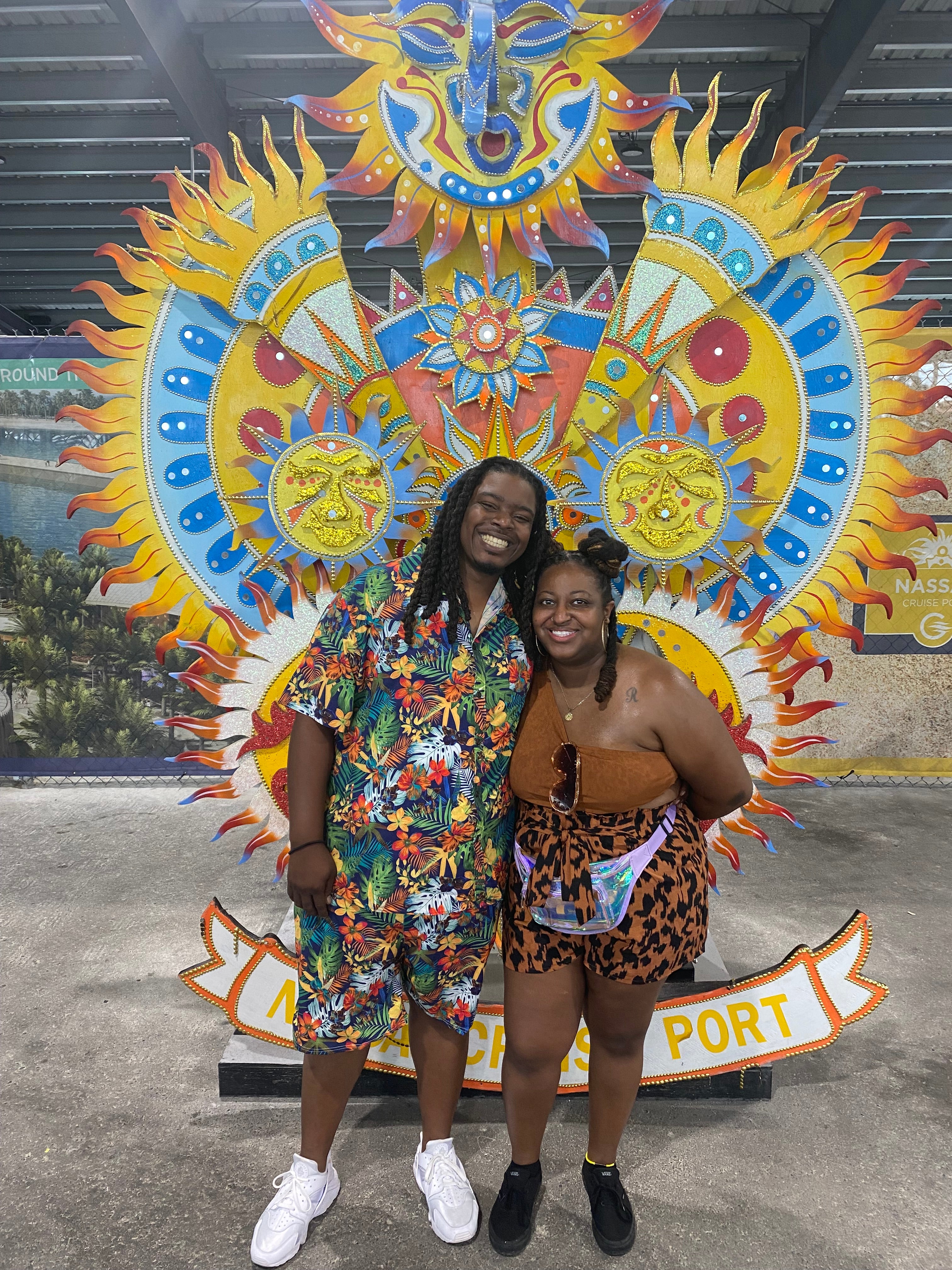Black & Bilingual #AroundTheWorld - Cuajinicuilapa, Guerrero, Mexico

When people think of Mexico, Afro-Mexicans normally do not come to mind. As we know, Black people inhabit all corners of the Earth, right?... RIGHT! So, the demographics of Mexico are no different.
Cuajinicuilapa, Mexico

Cuajinicuilapa is the municipal seat of Guerrero, Mexico. The town borders the Pacific Ocean and the Mexican state of Oaxaca. Cuajinicuilapa is known for its high population of Afro-Mexicans. In 2015, the National Institute of Statistics and Geography reported Guerrero to have a population of 229,661 Afro-Mexicans.
History

Mexico was not originally a society based on slavery. However, private slave owners brought Africans to Mexico as the slave trade increased. After 1640, slave labor was used for various reasons. They produced sugar, worked in textile mills, and provided domestic labor. Mexico saw its share of slave rebellions. The most famous slave rebellion took place in San Lorenzo de los Negros (Yanga) led by Gaspar Yanga. This rebellion led to the first community of free Black people in the Americas. Afro-Mexicans are isolated from most tourist attractions because slaves took refuge in secluded locations.
Afro-Mexicans and African Culture
Afro-Mexicans take pride in performing African dances, celebrations, and other art forms. For example, people in this region perform La Danza de los Diablos (the dance of the devils) on the Day of the Dead. Just like traditional Day of the Dead celebrations, Afro-Mexicans dress in traditional attire, but they dance to African-inspired rhythms.

Afro-Mexican Cuisine

Africans brought the peanut with them to Mexico. Since then, the ingredient has been a staple in Afro-Mexican dishes. Another staple is platanos (plantains), which is used to make tortilla dough and empanadas. A popular dish is Afro-Mexican Pumpkin Soup. It is made up of pumpkin chunks or butternut squash, peanut butter, Thai curry paste, chili powder, peppers, cinnamon, cumin and more.
Social Stigma

There has been a long standing caste system between Afro-Mexicans, mestizos (Spanish white people), and mulatto (mixed) people. Like many other nations, lighter-skinned Mexicans were considered high in the caste system while darker-skinned Mexicans were considered inferior. Today, many Afro-Mexicans struggle with internalized racism due to the stigma of Blackness being inferior in Mexican society.








This is a great B&B CHRONICLES BLOG from, Black & Bilingual #AroundTheWorld – Cuajinicuilapa, Guerrero, Mexico . My Mexico so beautiful full of culture, color and heart
Leave a comment